

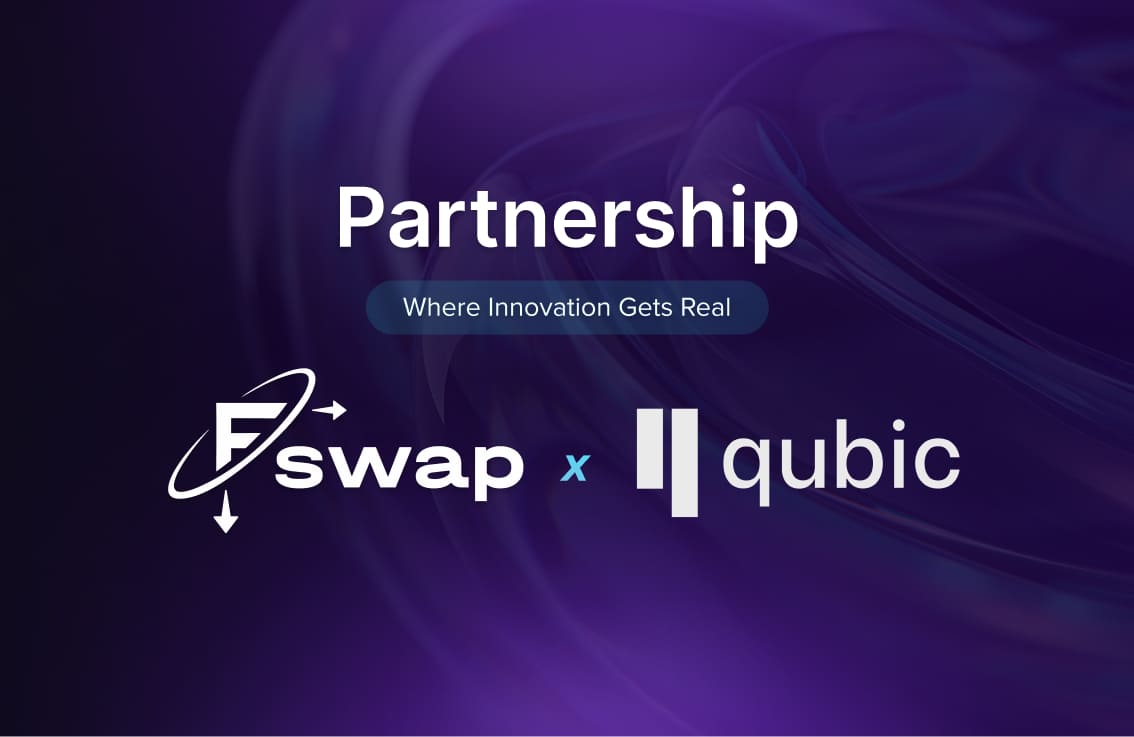
Fswap × Qubic: Where Innovation Gets Real
The crypto industry moves fast, but some projects don’t just keep up, they change the direction entirely. That’s what’s happening with Qubic, a next-generation blockchain built on a bold idea: building a unique AI model, which operates fully on-chain and making Proof of Work actually useful

Fswap Partners with PIVX: Privacy Meets Simplicity
In a world where crypto moves fast, privacy and control matter more than ever
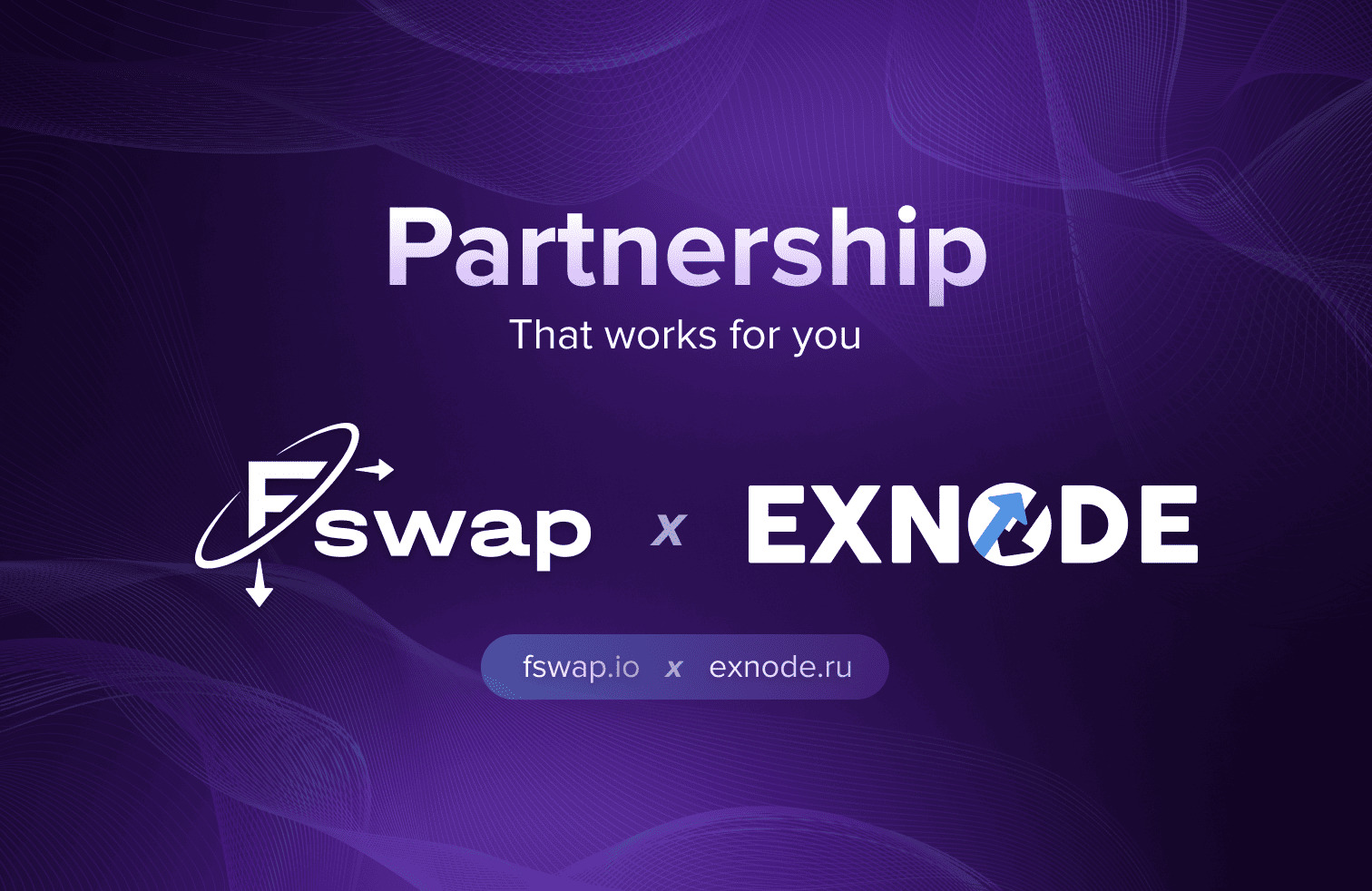
Fswap x Exnode: A Partnership That Works for You
In the fast-moving world of crypto, speed, trust, and transparency aren’t just nice-to-haves — they’re must-haves. That’s why we’re excited to announce our new partnership with Exnode, one of the most advanced and trusted crypto exchange monitoring platforms in the CIS region.
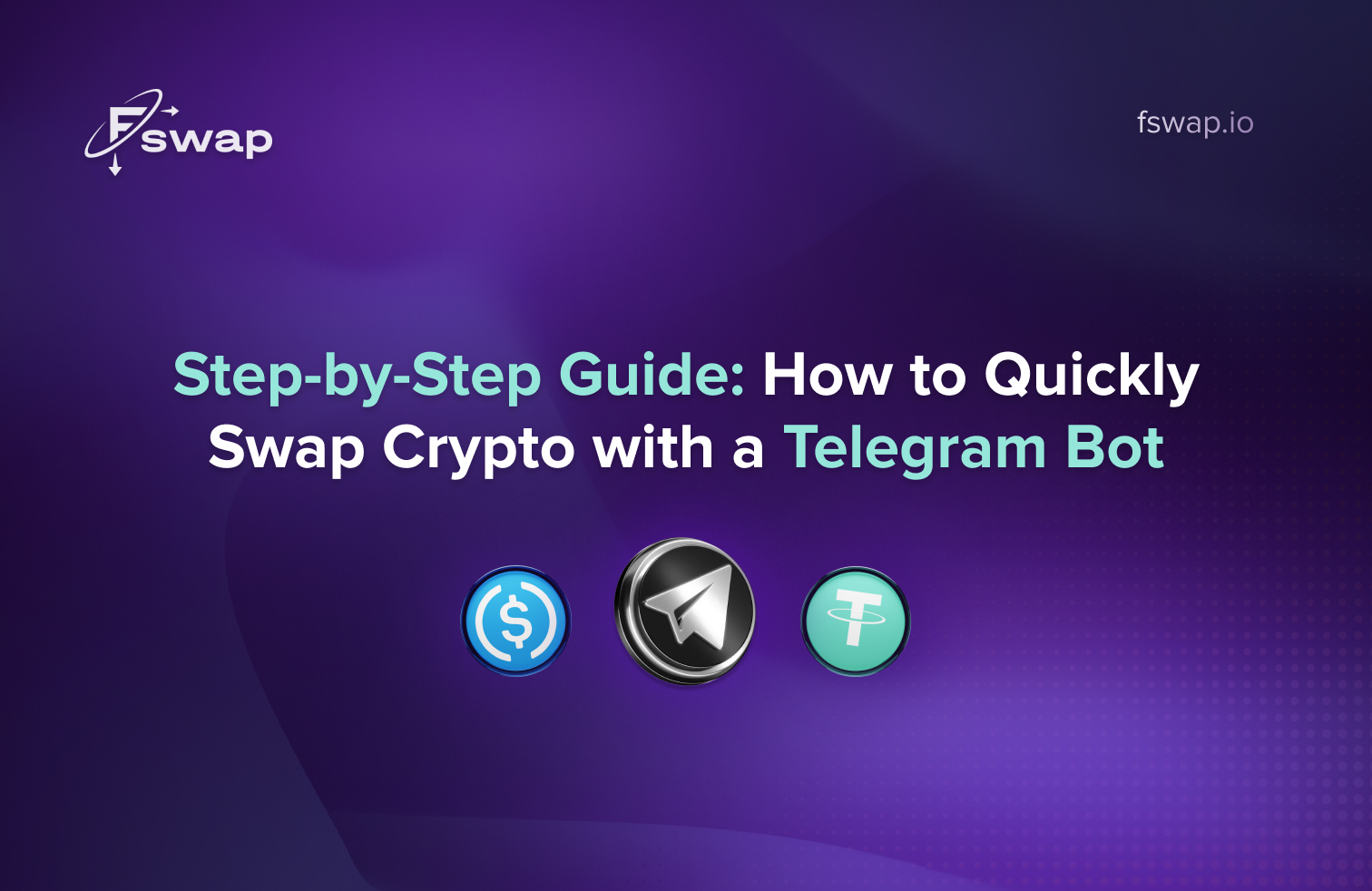
Step-by-Step Guide: How to Quickly Swap Crypto with a Telegram Bot
A simple guide on how to swap crypto using Telegram bots. Learn to use @fswap_official_bot for fast, private token exchanges.
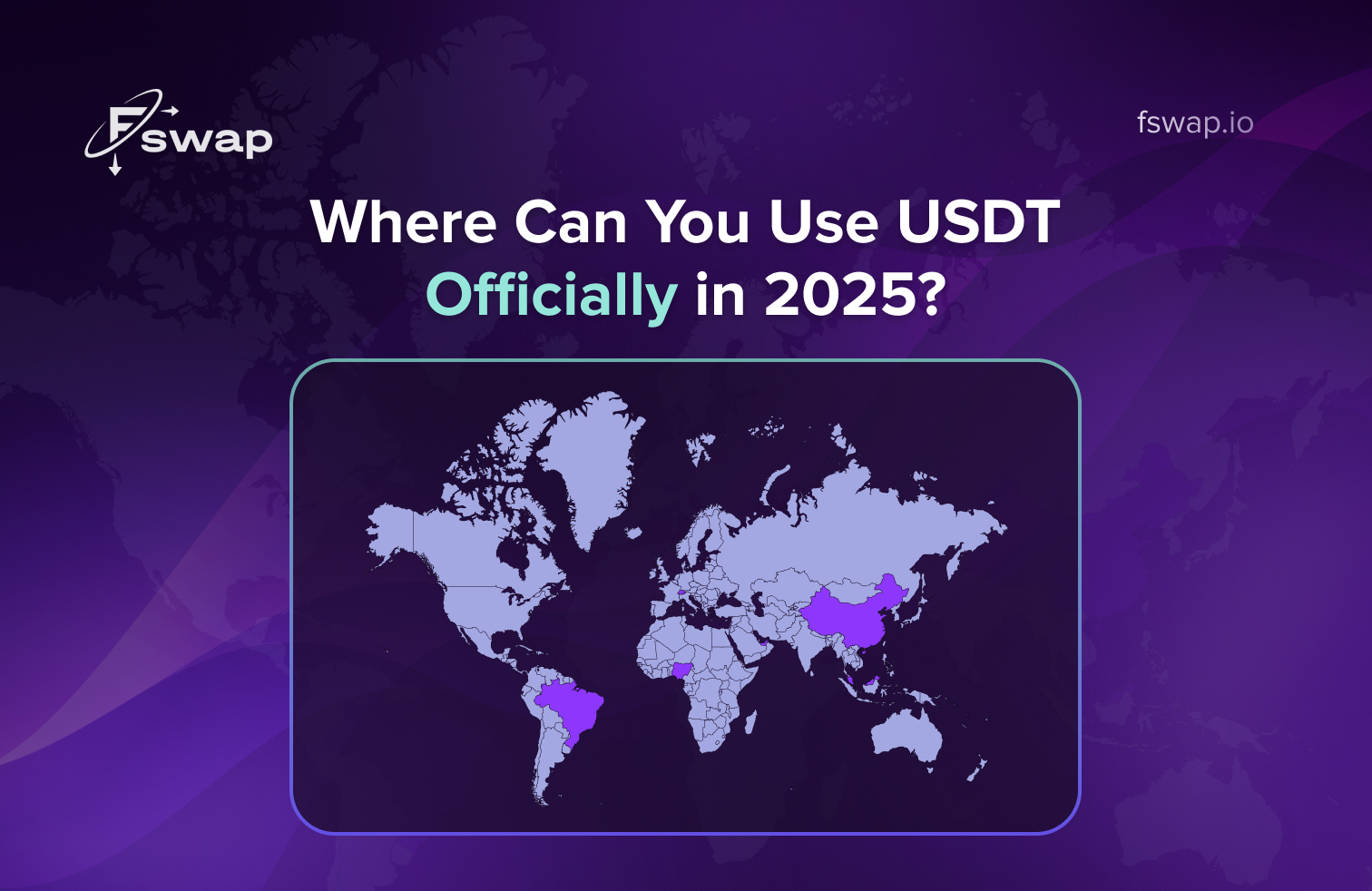
Where Can You Use USDT Officially in 2025? A Global Map
Discover where USDT is legal and officially supported in 2025. Global map and regulations by country.
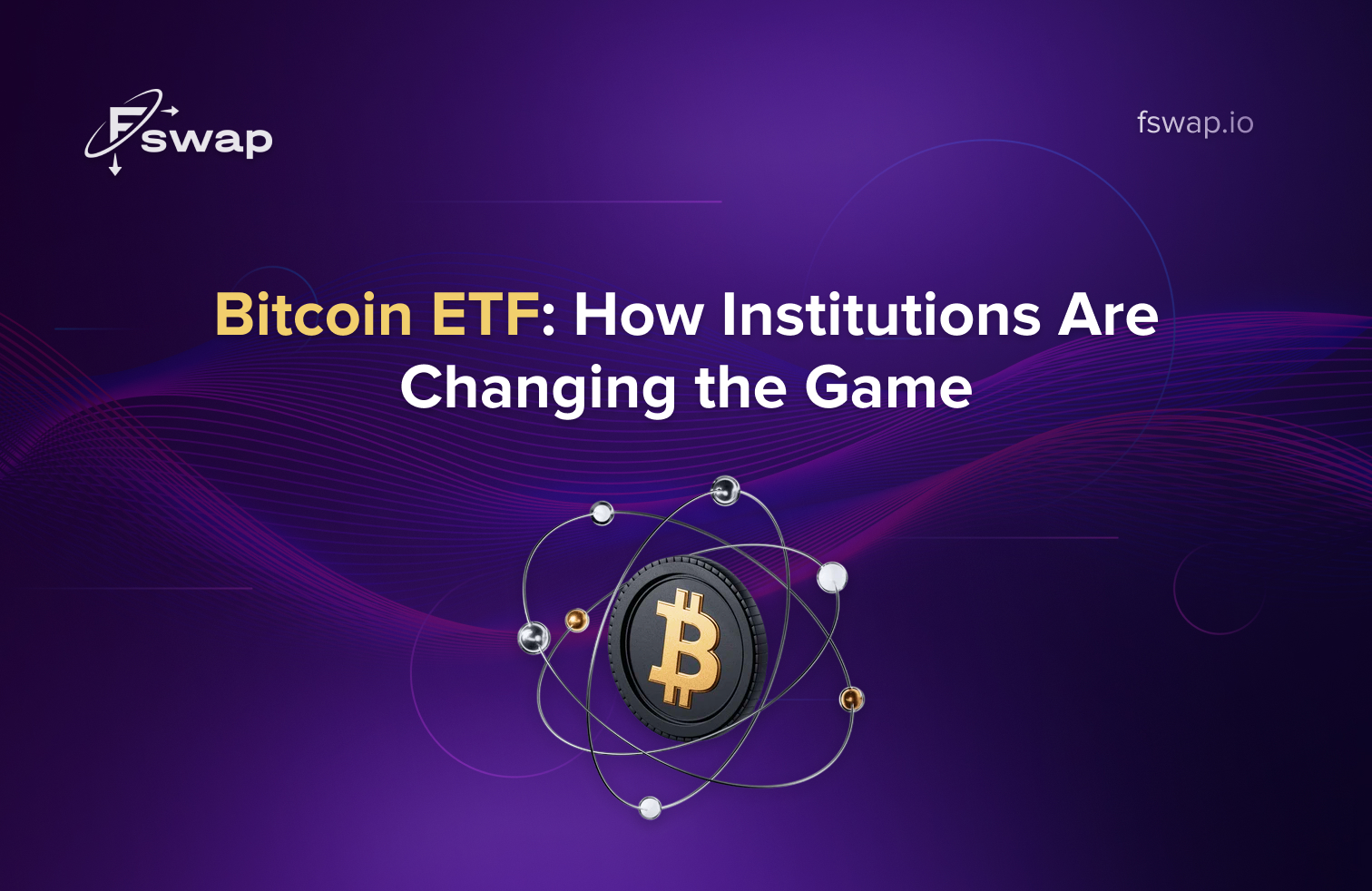
Bitcoin ETF: How Institutions Are Changing the Game
Bitcoin ETFs are bringing institutional investors into the crypto space. Learn what this means for Bitcoin and how to swap easily with Fswap.

What’s Next for USDT and USDC After MiCA?
What MiCA means for USDT and USDC in 2025. Learn how the new crypto regulation in Europe affects stablecoins and how to stay compliant.

Price Going Up — Should You Take Profits or Keep Holding?
When crypto prices rise, should you take profits or keep holding? Learn practical strategies and how to swap securely with Fswap.

Why TON Might Become the Next Big DeFi Network
Why TON might be the next big DeFi blockchain. Learn how Telegram integration, fast transactions, and user growth are driving adoption.
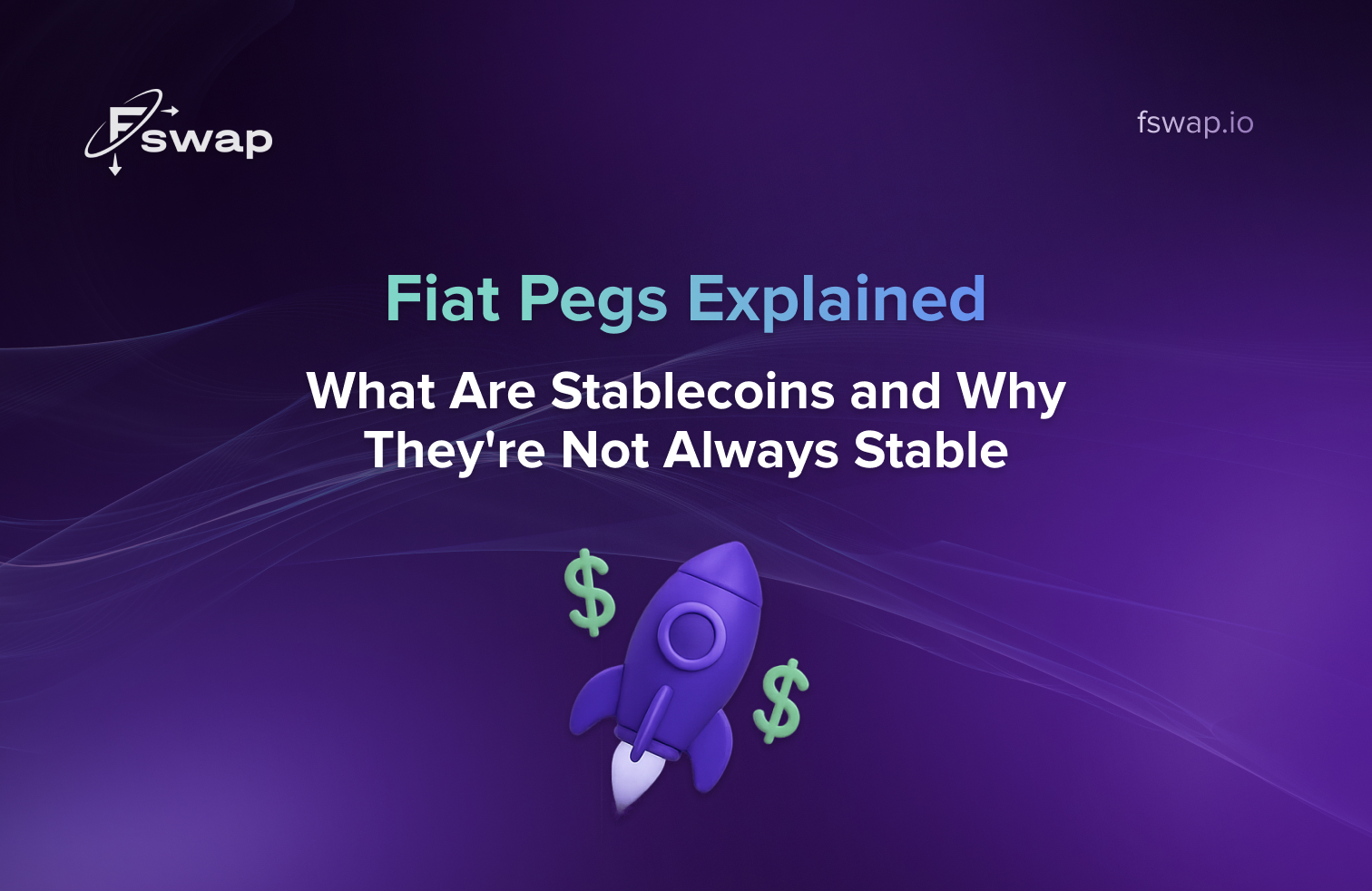
Fiat Pegs Explained: What Are Stablecoins and Why They're Not Always Stable
Learn what stablecoins are, how they work, and why they aren't always stable. Stay safe with crypto tips from Fswap.